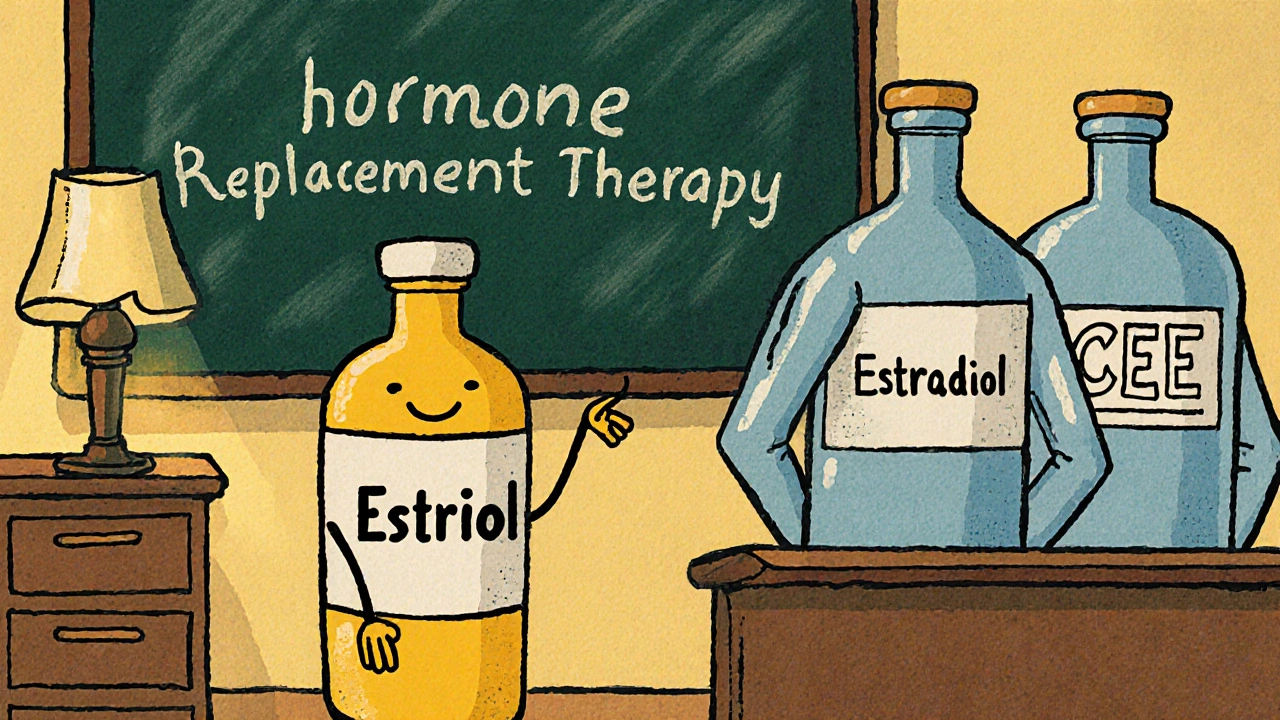Estrogen Alternatives: Natural and Medical Options Explained
When you hear Estrogen Alternatives, any substance or therapy that mimics or replaces estrogen without using traditional estrogen pills. Also known as non‑estrogenic substitutes, they are sought after by people who want symptom relief but are concerned about side‑effects, fertility, or cancer risk. Estrogen alternatives can be natural, like plant compounds, or prescription‑based, like selective receptor modulators. Understanding the basics helps you pick a route that matches your health goals and lifestyle.
Key Alternatives and How They Fit Together
One popular group is Phytoestrogens, plant‑derived molecules that bind weakly to estrogen receptors and can ease mild menopausal symptoms. Common sources include soy, flaxseed, and red clover. Another major class is Selective Estrogen Receptor Modulators (SERMs), drugs that act like estrogen in bone but block it in breast tissue, reducing cancer risk while preserving bone density. Tamoxifen and raloxifene are the best‑known examples. Both phytoestrogens and SERMs share the goal of providing estrogen‑like benefits, yet they differ in strength, safety profile, and regulatory status. Hormone Replacement Therapy (HRT) also enters the conversation; while traditional HRT uses estrogen, many formulations blend low‑dose estrogen with progesterone or testosterone to tailor the effect. Finally, Testosterone Therapy, supplemental testosterone that can improve libido, energy and bone health in women with low androgen levels, is sometimes recommended when estrogen‑based routes aren’t suitable. Each option brings its own set of attributes—potency, route (pill, cream, patch), and monitoring needs—that influence who benefits most.
Choosing the right estrogen alternative isn’t a one‑size‑fits‑all decision. Your age, symptom severity, medical history, and personal preferences all shape the choice. For example, younger women seeking mild relief may start with dietary phytoestrogens, checking for any soy allergies first. Those with a strong family history of breast cancer often prefer SERMs, because they block estrogen’s action where it matters most. People who need stronger symptom control and have no contraindications might opt for low‑dose HRT that mixes estrogen with other hormones to reduce risks. If low libido or muscle loss is the primary complaint, a clinician might suggest testosterone therapy after confirming hormone levels. In every case, regular follow‑up labs and symptom tracking are essential to tweak the dose and avoid unwanted side‑effects.
Below you’ll find a curated collection of articles that break down each alternative in depth—how they work, what the science says, dosing tips, safety warnings, and real‑world FAQs. Whether you’re just starting to explore options or you’re fine‑tuning an existing plan, the posts ahead give you practical, bite‑size guidance to make an informed choice about estrogen alternatives.

A thorough comparison of Estriol with other estrogen options, covering effectiveness, safety, side‑effects, and how to choose the right therapy for menopause symptoms.
Read More